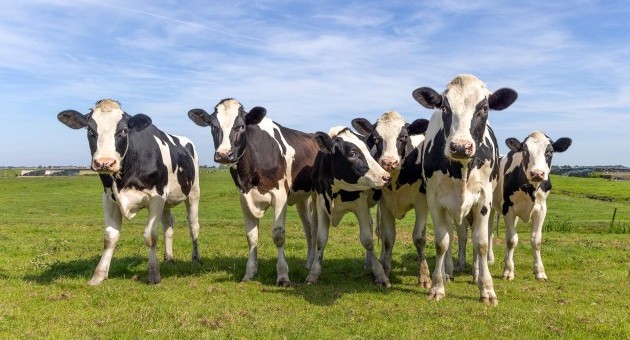After more than 18 months of deliberation, the US Department of Agriculture has decided not to change the temperature regulations for housing and transporting dogs and cats.
The current temperature limits require that animals be kept in temperature no lower than 45 degrees F for more than four hours without a veterinarian's permission and no higher than 85 degrees F for a period no longer than four hours. The proposal would have prohibited keeping animals in temperatures exceeding 90 degrees F at any time.
"We have decided that setting a maximum temperature limit - whether it be 90 degrees F or any other temperature - for the care of dogs and cats in the circumstances described in the proposed rule would not achieve our goals for establishing a sound temperature policy for these animals and would place an unnecessary burden on the regulated industry," the department reported in the Federal Register. "Moreover, establishing a single maximum temperature that could be used to ensure the health and well-being of all dogs and cats covered by the Animal Welfare Act in indoor, sheltered, and mobile or traveling housing facilities, in primary conveyances, and in animal holding areas of terminal facilities and still be realistic for the industry to achieve would be very difficult because too many variables are involved."
USDA received 42 comments from dog dealers, animal-related trade groups, humane organizations, a veterinarian, a federal government agency, and various individuals during the period set aside for public response to the 90-degree F proposal. The majority of the comments opposed the change, citing an absence of hard data that animals automatically suffer at temperatures above 90 degrees F. Some said that temperature alone is a poor indicator of comfort or stress and that humidity, airflow, length of exposure, breed, hair coat, age, weight, health status, and acclimation of the animal all figure in the assessment of conditions.
Some comments from animal dealers addressed the economic consequences of the proposed rule, saying that the requirement to keep temperatures below 90 degrees F would cause high expenditures for air conditioning in southern regions. A commenter representing the airline industry said that the rule would prohibit air travel from a large number of cities for much of the year and would therefore "have a destructive and costly effect on individual pet owners, owners of assistance dogs, the pet trade, breeders of dogs and cats, and the dog and cat show competition industry. "
The proposal was made because some dogs and cats have died in air transport under the current rules, but the USDA report said that the deaths were the result of human error, not the lack of adequate regulations and that cases were successfully prosecuted where neglect was a factor.
Minor Changes
Although the temperature ranges will remain the same, USDA added language to the regulations that state that "dogs and cats must be sufficiently heated and cooled when necessary to protect [them] from temperature extremes and to provide for their health and well-being." Airlines must provide cargo areas that are "heated or cooled as necessary to maintain an ambient temperature that ensures the well-being of dogs and cats." In addition, auxiliary ventilation such as fans, blowers, or air conditioning must be used in cargo space of surface transportation vehicles when the ambient temperature reaches 85 degrees F and handling of animals must be done "in a manner that does not cause trauma, overheating, excessive cooling, behavioral stress, physical harm, or discomfort."
USDA proposed AWA changes in temperature and tethering regulations as a result of suggestions made in the agency's 1996 meeting with industry representatives, animal welfare groups, and animal rights organizations. The agency previously announced that tethering would be banned as a primary enclosure for dogs and added a requirement that wire-bottom cages be made of coated wire to protect animals' feet.
 |
Like this article? Don’t forget to share, like or follow us |
 |
NAIA WEEKLY ROUNDUP
FEATURED & LATEST ARTICLES
GET THE NAIA WEEKLY ROUNDUP VIA EMAIL FOR FREE
Stay Connected with The NAIA: Sign Up for The Weekly Roundup
Join our FREE newsletter and community of animal advocates and receive The NAIA Weekly Roundup straight to your inbox. Stay in the loop with the latest news, events, and ways you can make a difference in the lives of animals. Sign up now to stay informed to create positive change!
Sign Up




 Bad Dog Stories, Goodbye Cephalopod, and More!
Bad Dog Stories, Goodbye Cephalopod, and More!
 A Conference Call for You, A Fallen Elephant, and More!
A Conference Call for You, A Fallen Elephant, and More!
 Exotic Pets, Animal Evacuation Protocols, and More!
Exotic Pets, Animal Evacuation Protocols, and More!
 Anti-Poaching Robots, Pet Shop Bans, and More!
Anti-Poaching Robots, Pet Shop Bans, and More!

